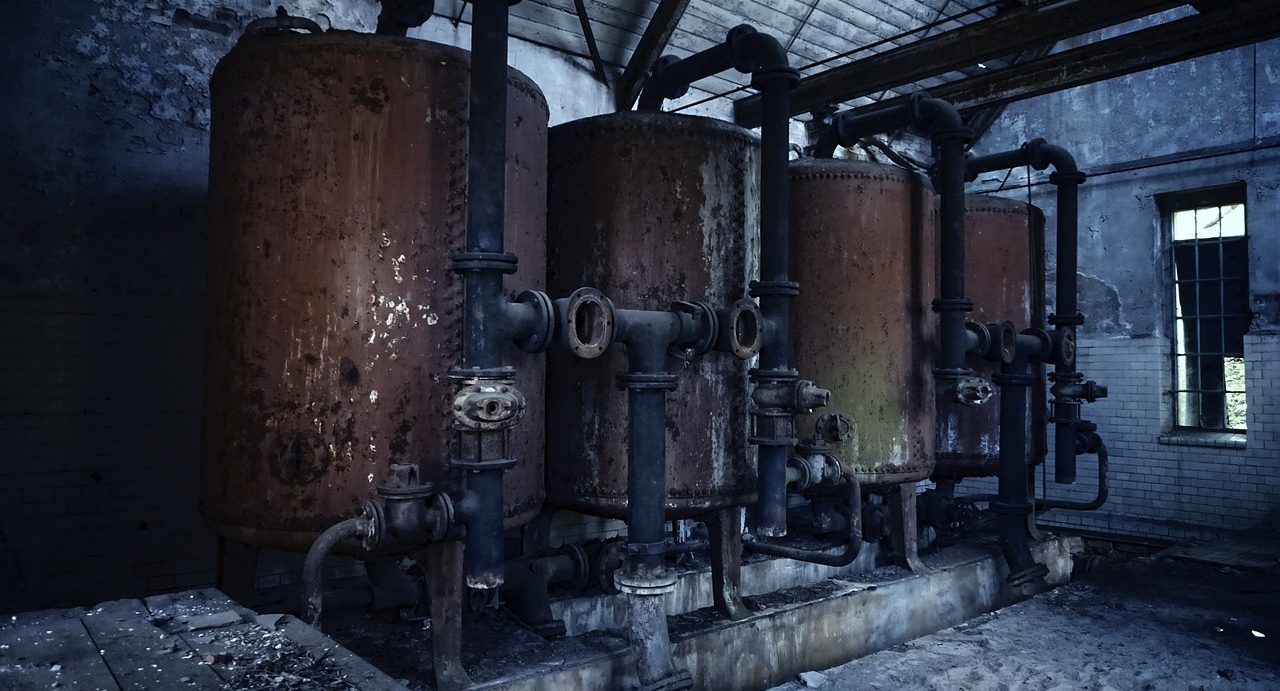
A boiler can heat water that then circulates through tubes and radiators.
Caldera is a term that comes from the Latin word caldaria and has more than a dozen meanings recognized by the Royal Spanish Academy ( RAE ). Many of them depend on the geographic region.
A kettle can be a container , usually metal, used for heating or evaporating water or another liquid or for cooking something. In this sense, kettle can be a synonym for teapot or kettle . For example: “I'm going to put some water in the boiler,” “See if the food in the boiler is ready,” “Where is the boiler?” “I want to make myself some tea.”
In heating systems , a boiler is a device that, thanks to an energy source, can heat water that then circulates through radiators and tubes . There are different types of boilers, such as fluid fuel boilers and solid fuel boilers .
The boiler as a machine
The machine used to boil water and generate steam , which serves as energy , is called a boiler. In a boiler, heat is transferred to the fluid at a constant pressure and the fluid changes state.
The phase change of the fluid is from liquid state to saturated vapor. According to ITC-MIE-AP01 , the Complementary Technical Instruction relating to boilers, this is the name given to any pressure device that manages to transform the heat of an energy source into energy that can be used, whether the medium transport is in vapor or liquid phase.
The case of the boiler is special, since it uses very high temperatures to heat a set of heat exchangers to produce the aforementioned phase change. Additionally, similar to certain gas containers, it is constructed of laminated steel to accommodate fluids at pressures well above ambient, making it a pressure vessel or pressure vessel.

There are many types of boilers.
Use of steam
Since steam has many applications, especially that which comes from water, in industry there are many uses for this type of boiler:
- Sterilization : In the past, many hospitals had boilers to sterilize medical instruments with steam. This also happened in industrial canteens to clean cutlery quickly and safely, and also for preparing food in metal pots called kettles.
- Heating of fluids : one of the most common cases occurs in the petroleum industry, where heavy oils are heated with the use of steam and their fluidity is considerably improved.
- Electricity production : This can be achieved through a Rankine cycle (a thermodynamic cycle that aims to convert heat into work; this is also known as a power cycle ). In thermoelectric plants, the boiler is an essential element.
One of the fundamental names in the history of the boiler is that of James Watt , a mechanical engineer born in Scotland in 1736 who discovered the potential of steam as an economic force compared to manual and animal power. It was from then on that the development of the boiler at an industrial level began, and little by little it was applied in different areas.
Caldera in heraldry and geology
In the field of heraldry , the cauldron is an artificial figure that is usually used in pairs on the border or on the shield . The cauldron is drawn with raised handles that end in snake heads.
For geology , on the other hand, a caldera is a depression that is generated by intense eruptions of one or more volcanoes. The calderas are characterized by having steep walls.
